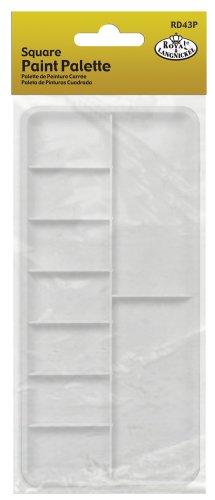Why is a color palette important in painting?
When it comes to painting, choosing the right colors is crucial. A color palette is a selection of colors that an artist uses in their artwork. It serves as a guide and helps create harmony and balance in a painting. By using a color palette, artists can ensure that their artwork has a coherent look and feel, while also having the freedom to explore and experiment with different color combinations.
Creating a color palette
The first step in using a color palette is creating one. There are various ways to do this, depending on your personal preference and the style of painting you’re doing. One popular method is the color wheel approach, where you start with the primary colors (red, blue, and yellow), and then mix them together to create secondary and tertiary colors. This method ensures that your color palette is harmonious and balanced.
Using complementary colors
Another approach to using a color palette is by using complementary colors. Complementary colors are pairs of colors that are opposite each other on the color wheel. For example, red and green are complementary colors, as are blue and orange, and yellow and purple. Using complementary colors in your color palette can create vibrant and dynamic paintings, as the colors enhance each other when placed next to one another.
Experimenting with different color schemes
Once you have created your color palette, the next step is to experiment with different color schemes. There are various color schemes that you can use, such as monochromatic, analogous, and triadic. A monochromatic color scheme uses different shades and tints of a single color, creating a harmonious and unified look. An analogous color scheme uses colors that are adjacent to each other on the color wheel, creating a visually pleasing and balanced composition. A triadic color scheme uses three colors that are evenly spaced on the color wheel, creating a vibrant and energetic feel.
Importance of color temperature
When using a color palette, it’s also important to consider the temperature of the colors you’re using. Colors can be warm or cool, depending on their placement on the color wheel. Warm colors, such as reds, oranges, and yellows, create a sense of energy and excitement. Cool colors, such as blues, greens, and purples, create a sense of calm and tranquility. By incorporating both warm and cool colors into your color palette, you can create a sense of balance and contrast in your artwork.






